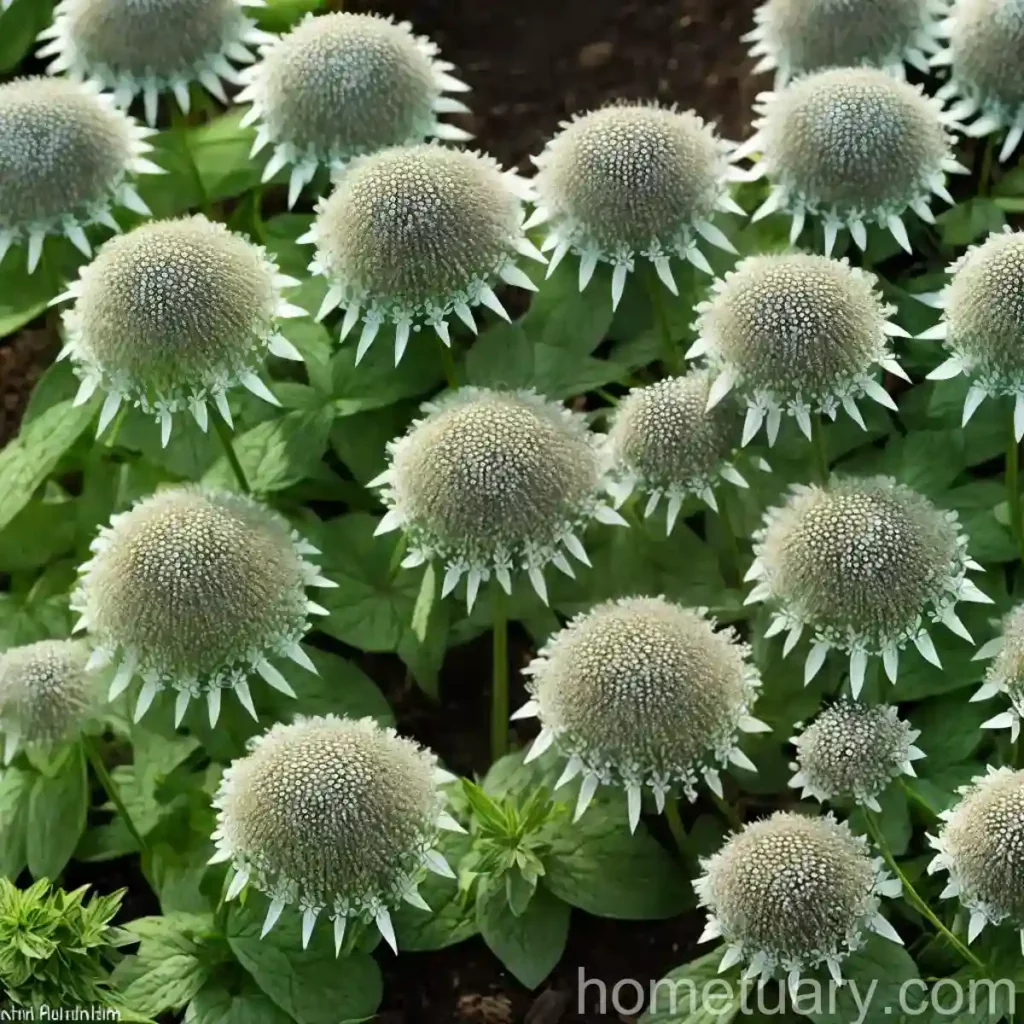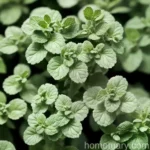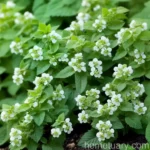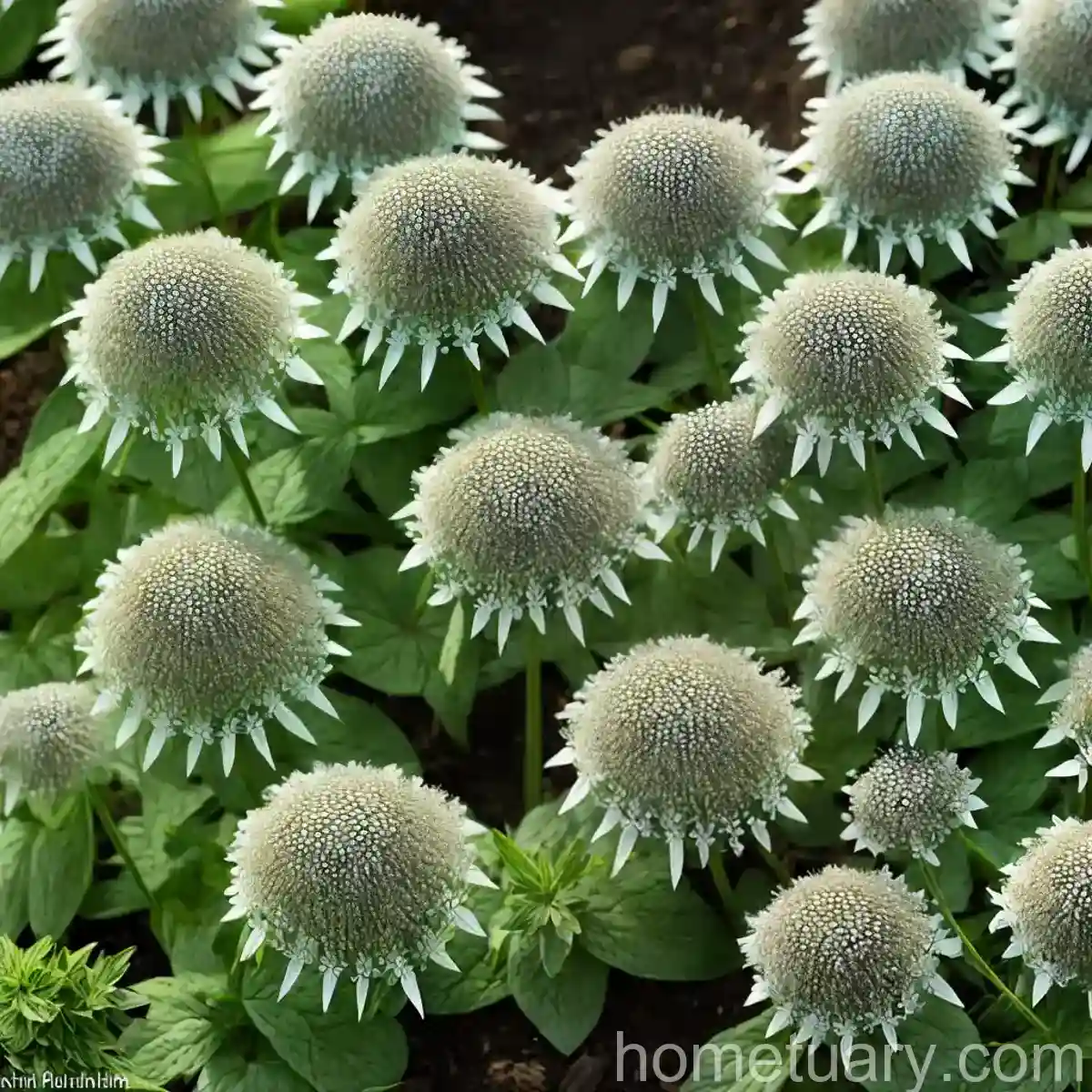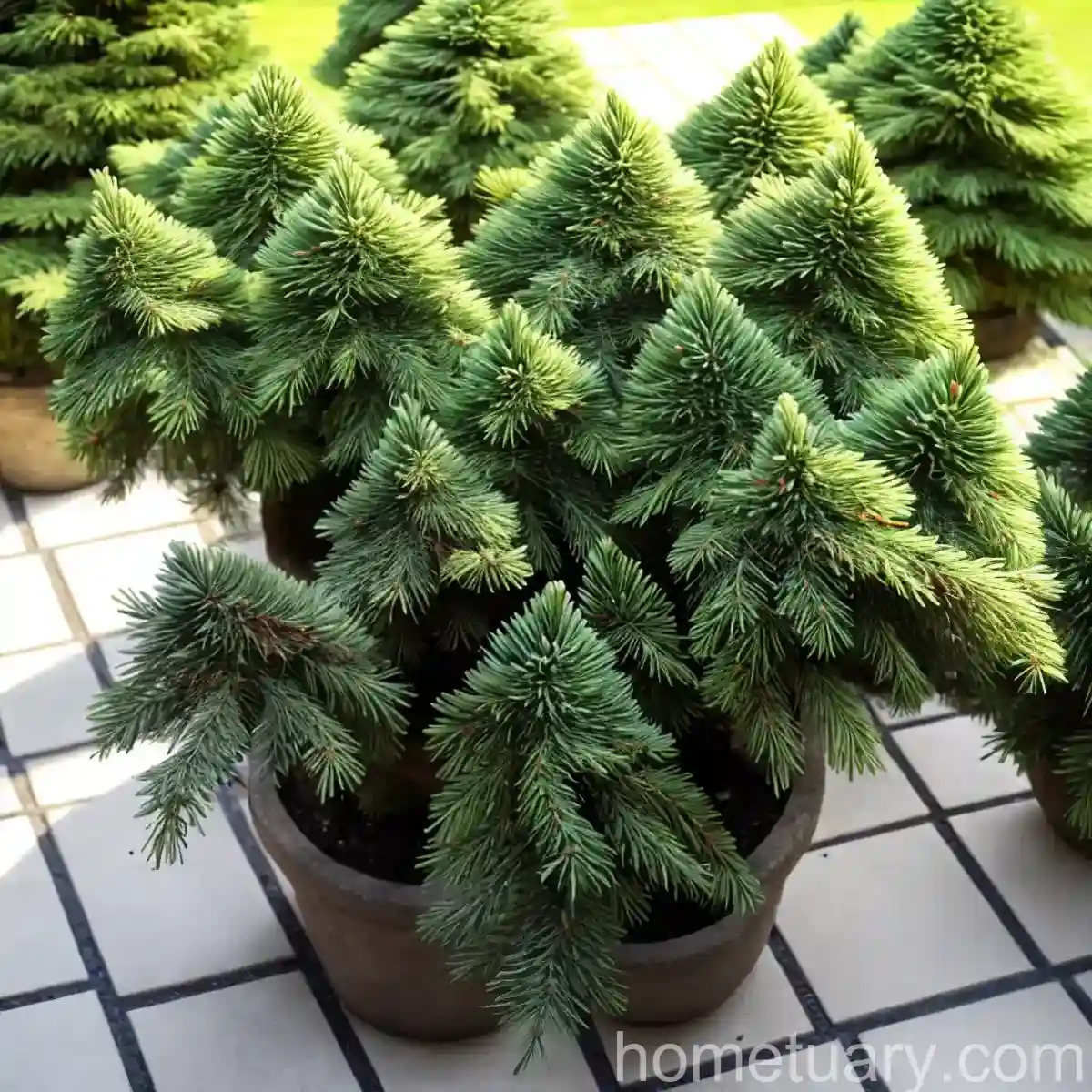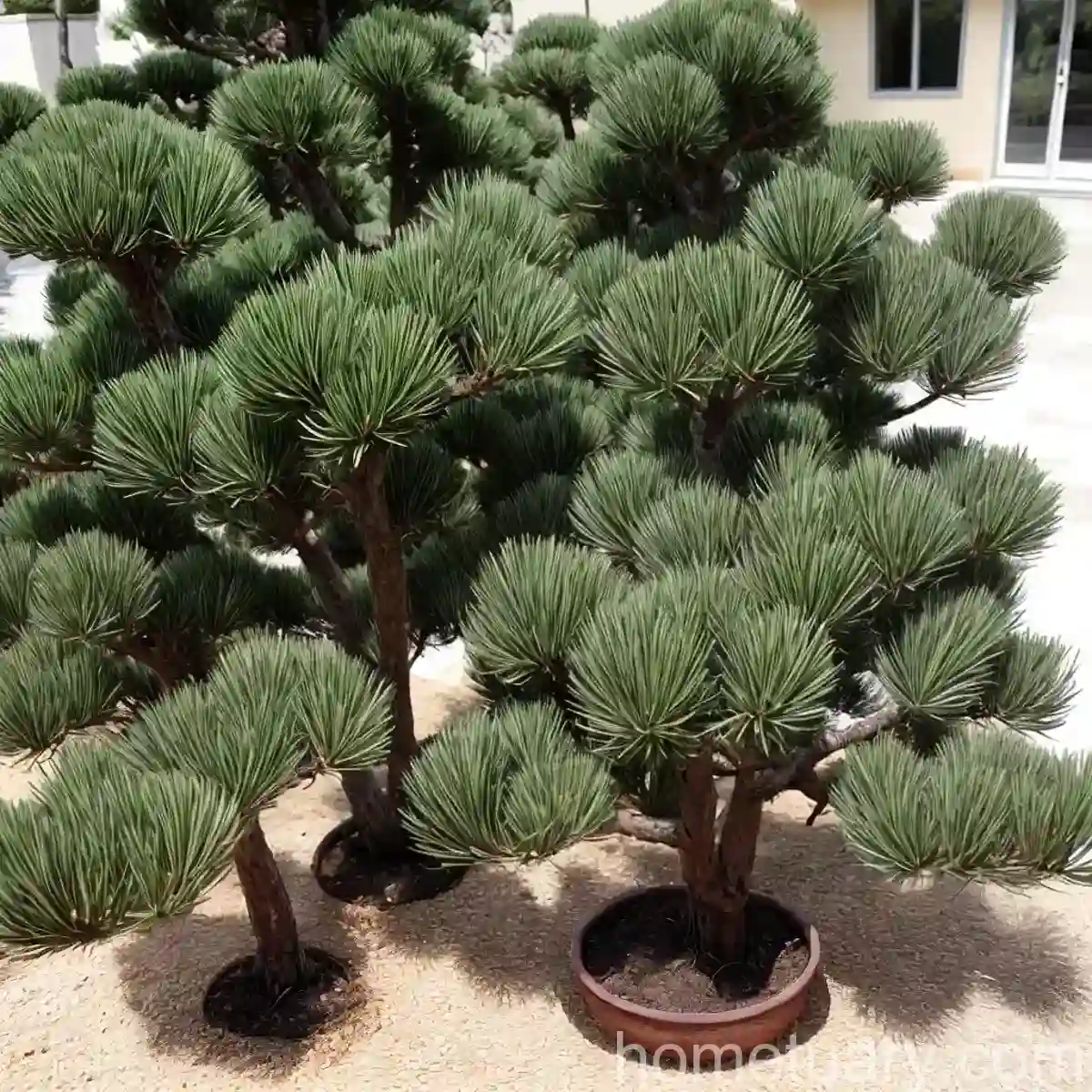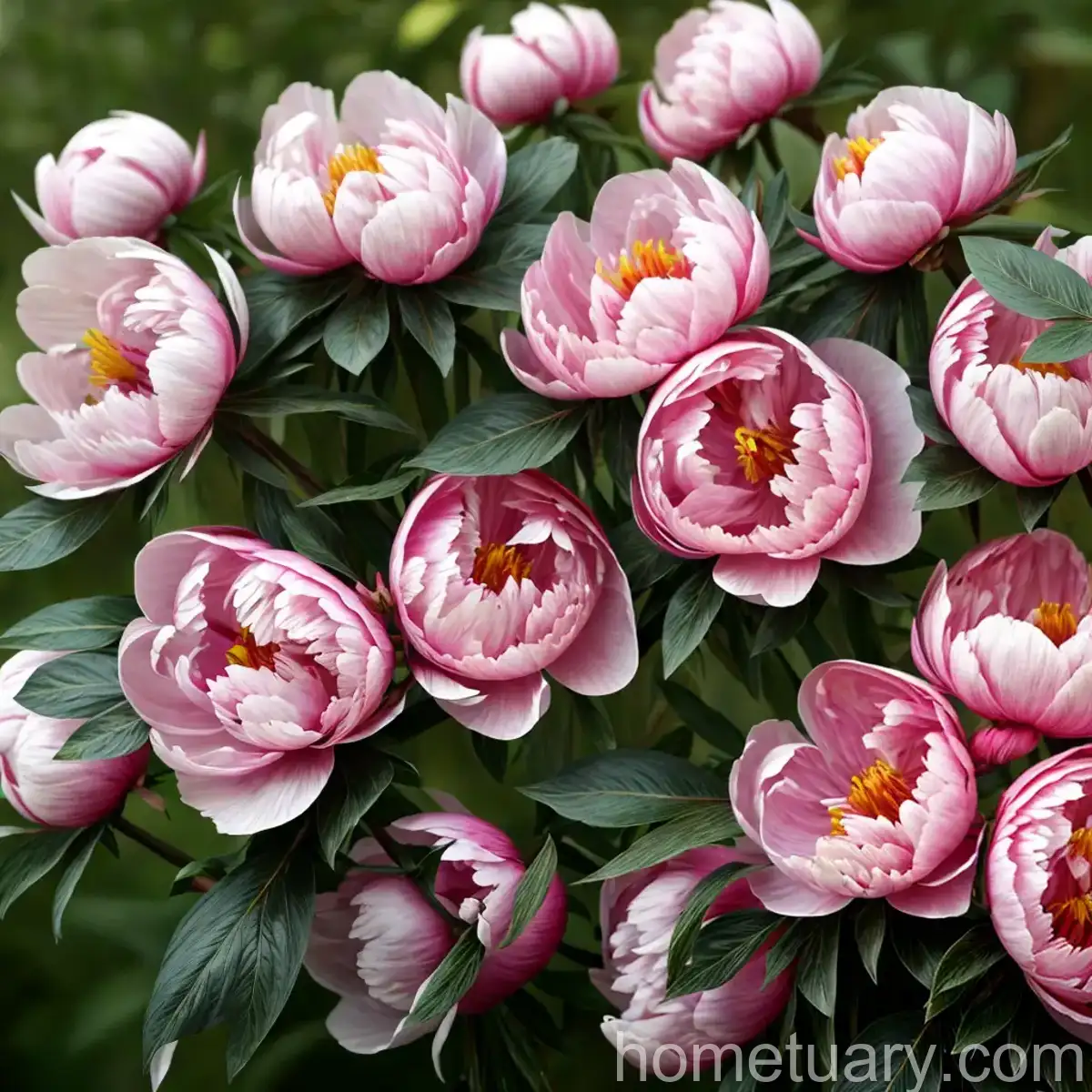Slender Mountain Mint (Pycnanthemum tenuifolium ‘Cat Springs’)
One of the delightful and versatile plants that can be a valuable addition to any garden is the slender mountain mint or scientifically known as Pycnanthemum tenuifolium ‘Cat Springs’. This plant offers not just visual appeal but also various benefits, making it a favorite among gardeners and plant enthusiasts. In this extensive guide, let’s delve into the details of slender mountain mint, exploring its culture, uses, care requirements, and much more.
What is a Slender Mountain Mint (Pycnanthemum tenuifolium ‘Cat Springs’)?
The slender mountain mint, Pycnanthemum tenuifolium ‘Cat Springs,’ is a perennial herbaceous plant belonging to the mint family, Lamiaceae. It is native to North America and is commonly found in wooded areas, along stream banks, and in open fields. The ‘Cat Springs’ variety is particularly esteemed for its slender, aromatic leaves and attractive appearance.
Key Takeaways – Slender Mountain Mint (Pycnanthemum tenuifolium ‘Cat Springs’)
- Scientific Name: Pycnanthemum tenuifolium ‘Cat Springs’
- Family: Lamiaceae
- Common Name: Slender Mountain Mint
- Plant Type: Herbaceous Perennial
- Growth Habit: Upright, Clump-forming
- Height: 2-3 feet
- Hardiness Zone: 5-8
- Attracts: Bees, Butterflies, and other Pollinators
- Uses: Culinary, Medicinal, Ornamental, Wildlife Gardens
Culture
Water
Slender mountain mint prefers well-drained soil and doesn’t tolerate waterlogged conditions. Once established, it is moderately drought tolerant, and regular watering is usually only necessary during prolonged dry spells, especially in the summer months.
Sunlight
This plant thrives in full sun to partial shade. In regions with hot summers, providing some afternoon shade can prevent the leaves from scorching and help maintain the plant’s vibrant green foliage.
Fertilizer
Slender mountain mint typically does not require heavy feeding. However, applying a balanced, slow-release fertilizer in spring can promote healthy growth. Over-fertilization should be avoided as it may lead to excessive foliage at the expense of essential oils that provide the plant’s unique fragrance.
Soil
The plant prefers moist, well-drained soil with a slightly acidic to neutral pH. However, it has good adaptability and can grow in various soil types, ranging from loamy to sandy soils. Amending the soil with organic matter during planting can improve its overall health and vigor.
Pruning
Regular pruning of slender mountain mint helps to maintain its shape and encourage bushy growth. The plant can be cut back by a third in early summer to promote additional branching and a more compact form. Additionally, deadheading spent flowers can prolong the blooming period and prevent self-seeding in the garden.
Uses
Ornamental
The slender mountain mint ‘Cat Springs’ variety is highly valued for its ornamental features. Its slender, lance-shaped leaves emit a pleasant scent when brushed against, making it an excellent choice for sensory gardens. The plant’s attractive foliage and clusters of small, pale lavender flowers add visual interest to borders, herb gardens, and naturalistic plantings.
Medicinal
Widely recognized for its medicinal properties, slender mountain mint has been traditionally used for various health benefits, including digestive aid, relaxation, and as a natural insect repellent. The aromatic leaves can be used to make soothing teas and herbal remedies, harnessing their therapeutic properties.
Culinary
The aromatic leaves of the slender mountain mint can be used to infuse a subtle, minty flavor into culinary dishes. They can add a refreshing touch to salads, fruit salads, and beverages, enhancing their overall appeal. Additionally, the leaves can be used to flavor jellies, sauces, and desserts, creating unique and delectable culinary experiences.
Wildlife Gardens
The flowers of the slender mountain mint are highly attractive to pollinators, particularly bees and butterflies. By planting this species in wildlife gardens, it assists in providing nectar and pollen, contributing to the overall health of local pollinator populations.
Propagation
Slender mountain mint can be propagated through various methods, including division, cuttings, and seed propagation.
-
Division: In early spring or fall, established plants can be divided to create new specimens. Carefully lift the plant, divide the root ball into sections, and replant them at the appropriate spacing.
-
Cuttings: Softwood cuttings can be taken in late spring or early summer. Remove the lower leaves from the cutting, dip the cut end in a rooting hormone, and plant it in a well-draining potting mix. Keep the cutting consistently moist until roots develop.
-
Seed Propagation: The matured seeds of slender mountain mint can be collected and sown in trays or directly in the garden bed. Sow them in well-prepared, moist soil, and lightly cover them with a thin layer of soil. Keep the soil consistently moist until germination occurs.
Container Popularity
Slender mountain mint is well-suited for container cultivation, making it an excellent choice for small gardens, balconies, and patios. When grown in containers, it is important to ensure proper drainage and provide adequate space for the plant to develop its root system.
Common Diseases
Slender mountain mint is relatively resistant to most diseases and pests. However, it may be susceptible to root rot if grown in poorly drained soil. Preventing overwatering and providing good air circulation can help minimize the risk of fungal diseases.
Disease Diagnosis
When diagnosing potential diseases in slender mountain mint, it is essential to observe the plant for any signs of wilting, yellowing leaves, or unusual spots or lesions. If these symptoms are present, it is important to take prompt action to prevent the spread of the disease.
Common Pests
The plant is generally resistant to pest infestations. However, occasional encounters with aphids, spider mites, or powdery mildew may occur. Regular monitoring of the plant and addressing any pest issues promptly can help maintain its overall health and vitality.
Botanist’s Tips
- Provide well-drained soil with occasional supplemental watering, especially during dry periods.
- Prune the plant regularly to encourage bushy growth and maintain its overall shape.
- Incorporate slender mountain mint in wildlife gardens to attract beneficial pollinators.
- Harvest the leaves for culinary and medicinal purposes, while being mindful of sustainability and plant health.
- Propagate the plant through division or cuttings to expand its presence in the garden or share with other gardening enthusiasts.
Fun Facts
- The leaves of slender mountain mint release a refreshing, minty aroma when crushed or brushed against, making it a delightful sensory addition to garden spaces.
- This plant is a reliable bloomer, producing clusters of tiny, pale lavender flowers that add charm to the garden landscape.
- Slender mountain mint has a rich history of traditional herbal uses and is cherished for its versatility in both culinary and medicinal applications.
Links to External Resources
For further information on slender mountain mint (Pycnanthemum tenuifolium ‘Cat Springs’), gardening enthusiasts can explore the following resources:
- USDA Plants Database
- Missouri Botanical Garden – Pycnanthemum tenuifolium ‘Cat Springs’
- RHS Plant Selector – Pycnanthemum tenuifolium ‘Cat Springs’
In conclusion, slender mountain mint is a versatile and valuable addition to gardens, offering ornamental, culinary, and medicinal benefits. With its charming appearance, aromatic foliage, and ecological contributions, it holds a special place in the world of plants and enriches the lives of those who cultivate it. Whether grown in traditional gardens, wildlife habitats, or containers, this resilient and delightful plant is sure to captivate the hearts of plant enthusiasts and foster a deep appreciation for the wonders of nature.

